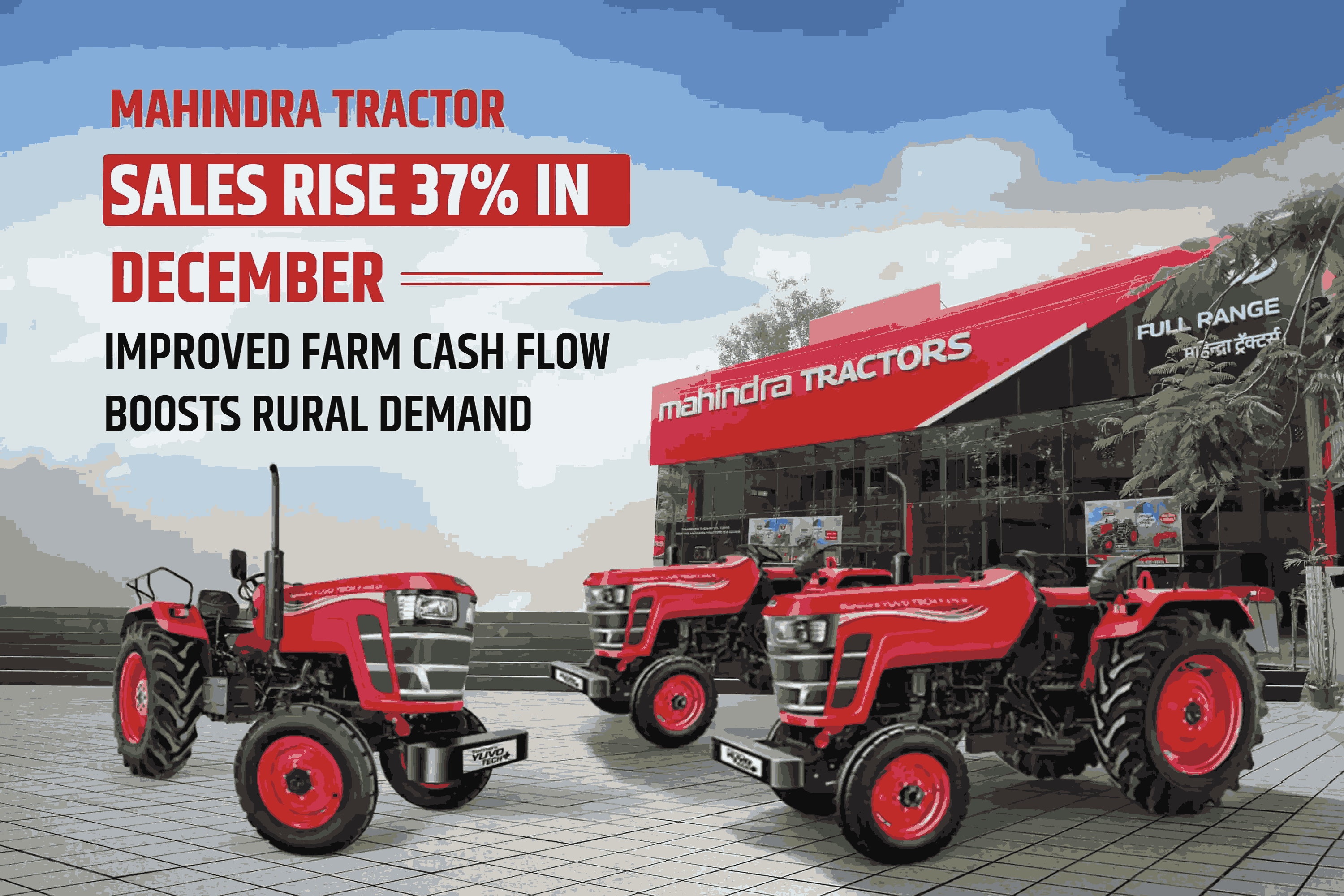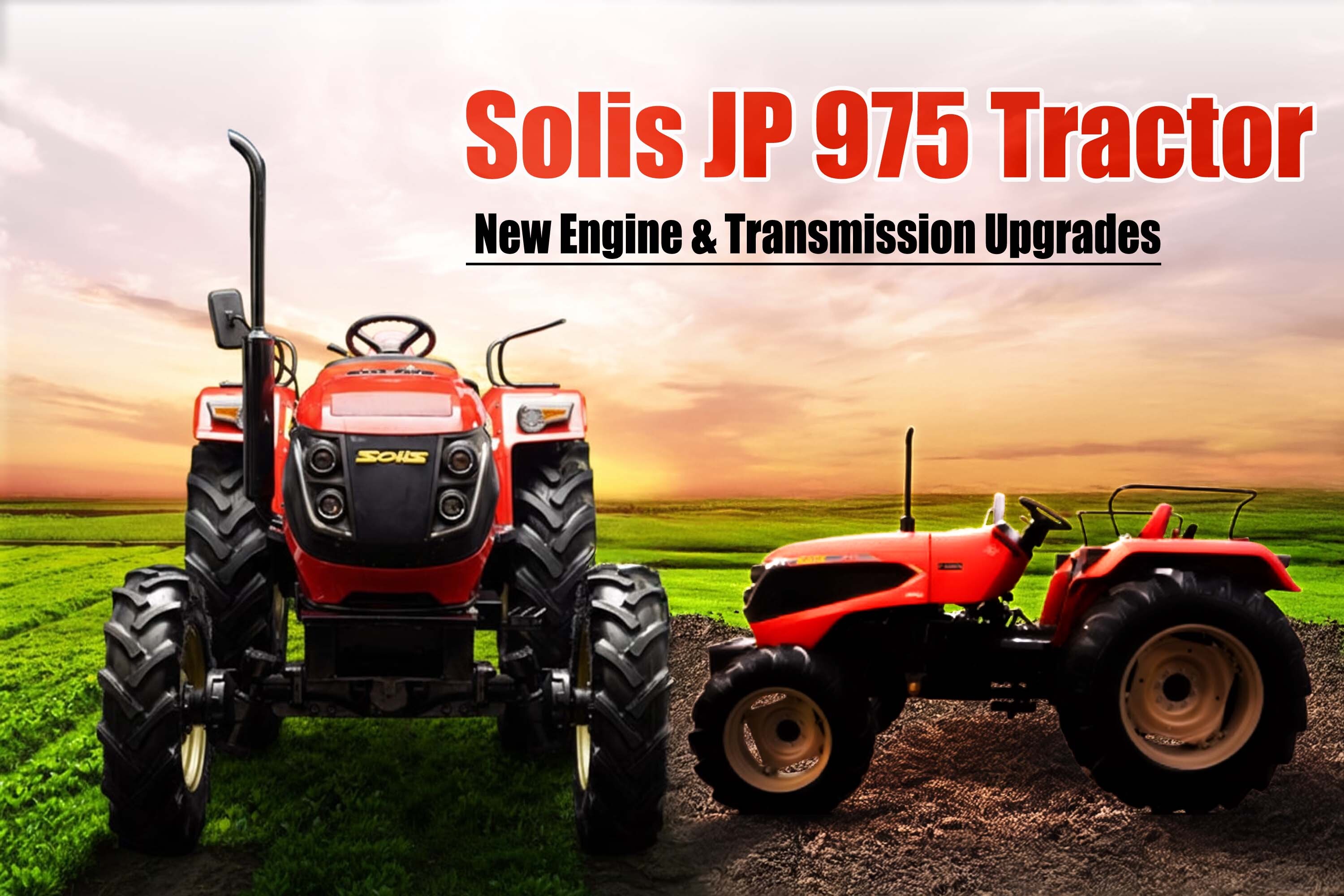
Understanding Tractor Brakes: A Comprehensive Guide
Tractors are very essential machines that are mostly used for construction, agriculture, and various other work. Breaks are the most important component of tractors as its directly linked with safety. Various kinds of breaking systems are developed to cater to different road conditions and to ensure effective stopping. This blog, lets us understand various brakes, their functionality, and applications with advantages and disadvantages.
1. Mechanical Brakes
One of the oldest breaking systems used in tractors is known as Drum or shoe brake, This type of brake are also known as a mechanical brakes. To activate the brakes, they use mechanical linkages and levers.
Working Principle:
A set of brake shoes installed within a brake drum and a brake drum fixed to the wheel make up mechanical brakes. A cam or toggle mechanism pushes the brake shoes outward against the inner surface of the drum when the brake pedal is depressed. The wheel is slowed down or stopped by the friction between the shoes and the drum.
Advantages:
- Mechanical brakes have a simple design and it’s easy to maintain them. If needed, they can be repaired easily.
- They do have a strong braking system, which can withstand harsh conditions. It is best suited for heavy-duty applications.
- Due to its simple design, these brakes come cheaper and can be easily maintained.
Applications
The mechanical brakes are commonly found in older tractors and are still used in many parts of the country. It is easy to maintain and can be handled smoothly.
2. Hydraulic Brakes
The hydraulic brakes have a complex mechanism. The brakes use hydraulic fluid to transfer the force to the brakes from the brake pedal. These brakes are widely used in modern tractors as their operation is much easier and the brakes are of superior quality making them more reliable and safe.
Working Principle
The hydraulic braking system consists of a master cylinder, brake lines, and brake calipers or wheel cylinders. When the brake pedal is pressed, it pushes a piston inside the master cylinder, forcing hydraulic fluid through the brake lines. This fluid pressure activates the brake calipers (in disc brakes) or wheel cylinders (in drum brakes), which then press the brake pads or shoes against the rotor or drum, creating friction and slowing down the tractor.
Advantages
- Hydraulic brakes provide uniform distribution of hydraulic pressure.
- For the ease of the operator’s use, less physical effort is required to operate hydraulic brakes.
- Many hydraulic brake systems have self-adjusting mechanisms that maintain optimal brake performance over time.
Applications
Hydraulic brakes are widely used in modern tractors for agricultural & construction work where effective braking is crucial for safety.
3. Air Brakes
The airbrakes are known as Pneumatic brakes which are majorly used in heavy-duty tractors and trailers. Its braking mechanism is very different and unique. It uses compressed air for braking.
Working Principle
An air brake system comprises an air compressor, air reservoirs, brake chambers, and control valves. The compressor fills the air reservoirs with compressed air. When the brake pedal is pressed, air is released from the reservoirs into the brake chambers, pushing a diaphragm that actuates the brake mechanism, and applying pressure to the brake pads or shoes.
Advantages
- For heavy-duty applications, Air brakes help in providing more power to stop the vehicles.
- Air brakes do not fail as it run on air which is plenty available and can be replenished when needed.
- For safety reasons, most of the airbrakes have inbuilt automatic emergency brakes which get activated during loss of air pressure.
Applications
Air brakes provide high braking power which makes them best fit for trucks and trailers for agricultural work
4. Disc Brakes
Disc brakes are used widely in tractors due to their superior braking performance and heat dissipation capabilities. These brakes consist of a brake rotor (disc) attached to the wheel and brake calipers containing brake pads.
Working Principle
When the brake pedal is pressed, hydraulic pressure forces the caliper pistons to push the brake pads against the rotor. The friction between the pads and the rotor slows down or stops the wheel. Disc brakes can be either hydraulic or air-actuated.
Advantages
- Disc brakes provide better braking performance in conditions, especially if the roads are wet, due to their ability to dissipate heat quickly.
- Disc brakes are easier to inspect and replace as the parts or components attached are less complex.
Applications
Disc brakes are rapidly growing in the market of the modern tractor world as its much safer in rough and hilly terrains where brakes play the most crucial role.
Conclusion.
To know the different types of brakes used in tractors, its is really essential to understand the importance of braking systems and the choice of the right braking system. The braking system depends on the type of application performed by the tractor, also important to consider various other factors like safety, longevity, and performance. The user can find various braking systems like Mechanical brakes, hydraulic brakes, air brakes, and disc brakes and each of them has its own unique feature and specific application making it reliable for all working conditions.





